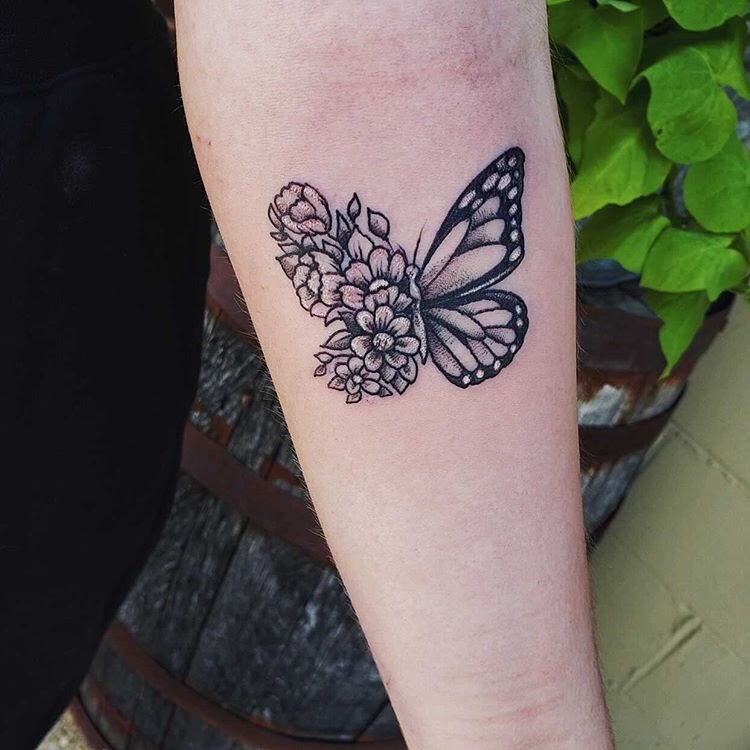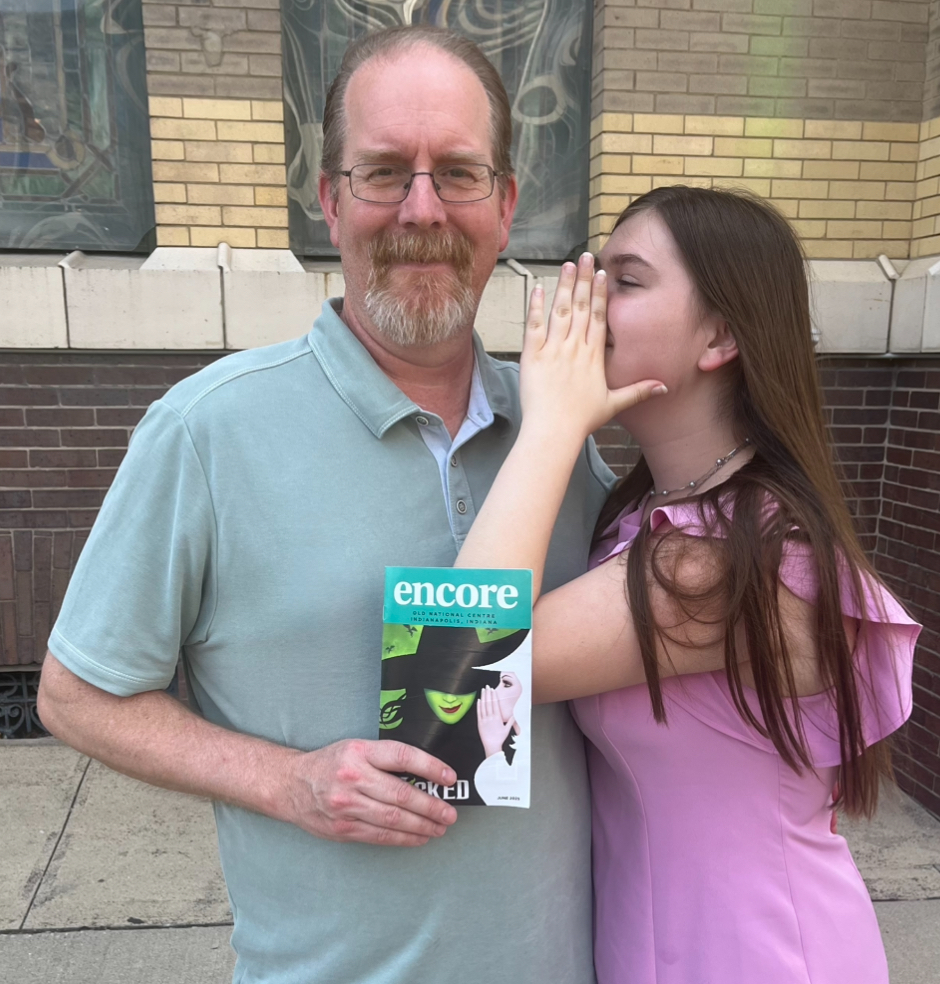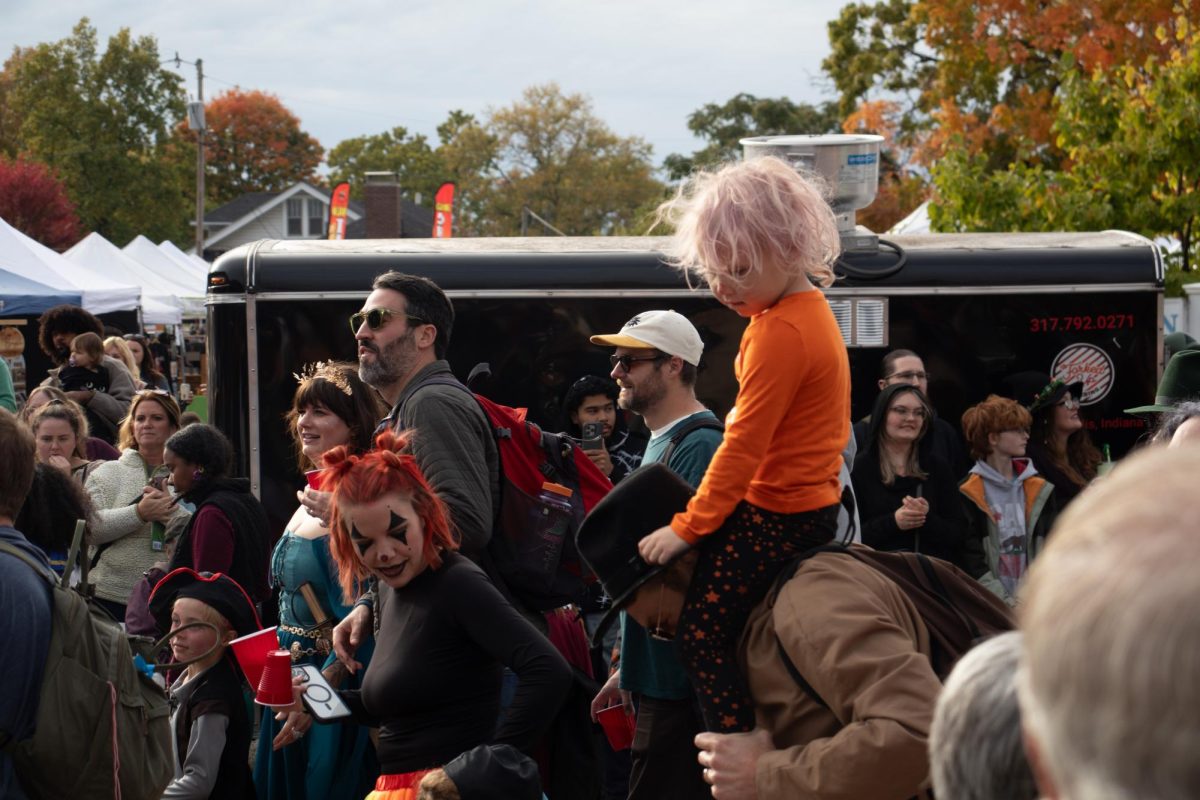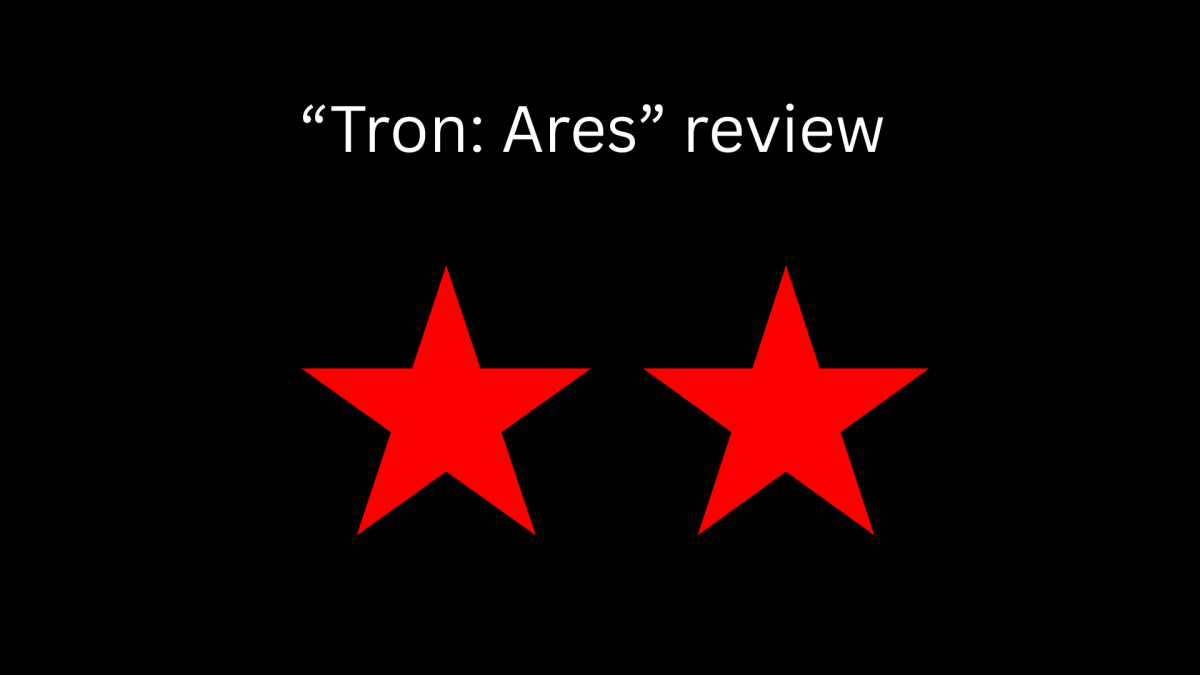Behind the ink
Photo used with the permission of Isabel Luckie.
Pictured above, senior Isabel Luckie’s butterfly tattoo was done by Infamous Tattoos located in Indianapolis. The tattoo was done in June.
December 3, 2020
There are many ways for someone to express themselves through clothing, music and extracurriculars. Tattoos are another way some people like to reveal the type of individual they are. The art of tattooing dates back to 3370 BC and 3100 BC after discovering Otzi the Iceman with tattoo markings found on his mummified body, according to the Authority Tattoo website. In the 1960s, tattoos became mainstream in the biker and hippie culture representing youth and rebellion. According to the Byrdie website, today’s celebrities and media influencers show off their tattoos on media platforms, making tattoos more normalized in society. There is a percentage of students at the school who have tattoos with a different story to each individual one.
“The meaning behind my tattoo is rebirth, for my two close friends that passed away,” senior Isabel Luckie said. “They are both represented by the butterfly.”
A common tattoo style seen today are plant inspired tattoos. According to Inked Magazine, plants can traditionally symbolize many types of feelings, moods and ideas. The color of the type of plant someone gets tattooed can also have different meanings. For example, a red rose can represent love while a white rose can represent purity.
“My tattoo is lavender,” senior Emilia Poto said. “My mom wears a lavender scent everyday, so it’s for her.”
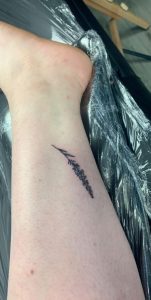
Going into a tattoo, some people may anticipate the pain that comes with their new piece. According to the Healthline website, pain from a tattoo can generally vary due to a variety of reasons. Someone’s biological gender and the placement of the tattoo are both common factors to the certain degree of pain someone may encounter. When the skin is tighter, there are little nerve endings, more padding from fat and little contact to bone, the tattoo can be the least painful. Areas with these factors are the forearm, outer bicep, calves, outer shoulder and the upper outer thigh. For a more painful tattoo, it’s the opposite of least painful area factors. Tattooing skin that is thinner with more nerve endings under the skin and is tattooed closer to bone is commonly painful. Areas of the body with these descriptions are the ribs, armpit, shins and ankles.
“My experience with the tattoo was amazing,” Poto said. “It was almost painless.”
There are chemical responses to getting tattooed, making tattoos “addictive”. According to Inked Magazine, the first chemical response in your body is the release of adrenaline. The chemical is released during times of stress becoming a rush for many people. Adrenaline can lessen the pain of a tattoo because of the anticipation before getting tattooed. The second chemical release are endorphins. Endorphins are released from the brain and create a natural high. In addition, the immune system releases endorphins when levels of inflammation acquire in the body, dulling the pain of the tattoo process.
“I was expecting it to hurt, but it didn’t at all,” Luckie said. “I love my tattoo so much and I can’t wait to get more.”


